Out of the 82 million cats across America, it’s shocking to hear that an estimated 60% of these felines are overweight. Maintaining normal body weight in any animal species is very similar, it comes down to the number of calories consumed being balanced with the number of calories expended on a daily basis. In other words, when more calories go in than are burned, the result is always weight gain. Let’s see how we can apply this rule to improve the lives of our feline friends.
Managing Healthy Cat Weight
Naturally, active animals that are fed the correct amount of a biologically appropriate diet do not become overweight or obese. Wild cats who work hard to obtain their food never become obese within their natural habitat. If our domestic cats eat only what we provide, and they become overweight, then we are feeding them too much of the wrong nutrition. Scientific research has shown that the dry kibble diets that are available for cats today are detrimental to the overall fitness and health of our feline friends.
Putting feline weight gain into perspective, if a 10-pound cat gains 3-pounds then it is the equivalent of a 150 pound human gaining 45 pounds. As little as 2-pounds above the ideal weight for a cat can put them at risk of:
- Diabetes
- High Blood Pressure
- Heart and Respiratory Disease
- Kidney and Liver Disease
- Various Forms of Cancer
- Osteoarthritis
- Decreased Life Expectancy (up to 2.5 years)
What Should I Feed My Cat?
Let’s discuss a feline-appropriate diet. When a wild cat consumes another animal, it gets the biologically-correct ratio of amino acids from meat protein. This includes all essential fatty acids, all vitamins and minerals, plus an adequate amount of mineral water needed to remain healthy.
An important fact to remember is that cats do not require any carbohydrate in their diet. The only carbohydrate they might possibly receive is in the form of stored glycogen, held in the muscle tissue of a well-fed animal. Glycogen levels of typical feline prey are statistically less than 5%. Today’s dry kibble contains an average of 30 – 50% of cheap carbohydrates (cereal grains). This has contributed greatly to the obesity and type 2 diabetes epidemics we are dealing with today.
Additional major nutritional problems associated with dry-food diets include:
- The amino acid profile of meat protein is far superior to that derived from plant matter. Felines, and other carnivores, need specific amino acids contained in meat in order to thrive.
- Increased carbohydrates leads to an increase in blood sugar and insulin spikes throughout the day, which results in numerous health problems.
- Dry foods contribute to dehydration (decreased biological water in the system), which affects almost all tissues of the body, and has also been shown to contribute to the amount of feline lower urinary tract problems we see in today’s cats.
Cat Weight Loss Focuses
An overweight cat can reverse course and begin losing weight if the owner focuses on the following three rules:
- The type of foods we feed: Improving your cat’s nutrition is the easiest way you can help them combat obesity. Choosing the cheapest or most convenient way (dry foods) to feed cats only shortens their life and contributes to multiple medical problems. Grain-free canned foods, natural meat diet, and even raw diets are much healthier for your cat.
- How we feed our cats: Leaving food out throughout the day (known as “free-feeding”) has been shown to contribute to overeating in the majority of cats. Cats usually consume food in order to meet their protein and fat needs. High carbohydrate foods do not satisfy these two needs, which leads to overeating. Instead of free-feeding your cats, adhere to a regular feeding schedule. When feeding time is over, remove the food until their next meal.
- How active the cat is: An inactive cat does not use as many calories as an active cat. Make sure you insert some playtime into their daily routine, which typically consists of eating and sleeping, for your indoor cat.
Dr. Bill’s Pet Nutrition
In order to remain fit and healthy throughout their adult life, mature cats need a complete and balanced diet that is biologically correct for their species. While nutritional needs often vary throughout the life of a cat, commercially prepared foods always remain the same. This can create a nutritional gap leading to deficiencies and potential disease. Knowing when to supplement, and specifically with what, can make a tremendous difference in obtaining optimum nutrition — the key to your cat’s overall health and length of life.
-
Feline Ultimate Fitness & Health$32.99 — or subscribe and save 10%
-
Feline Digestive Support$19.99 — or subscribe and save 10%
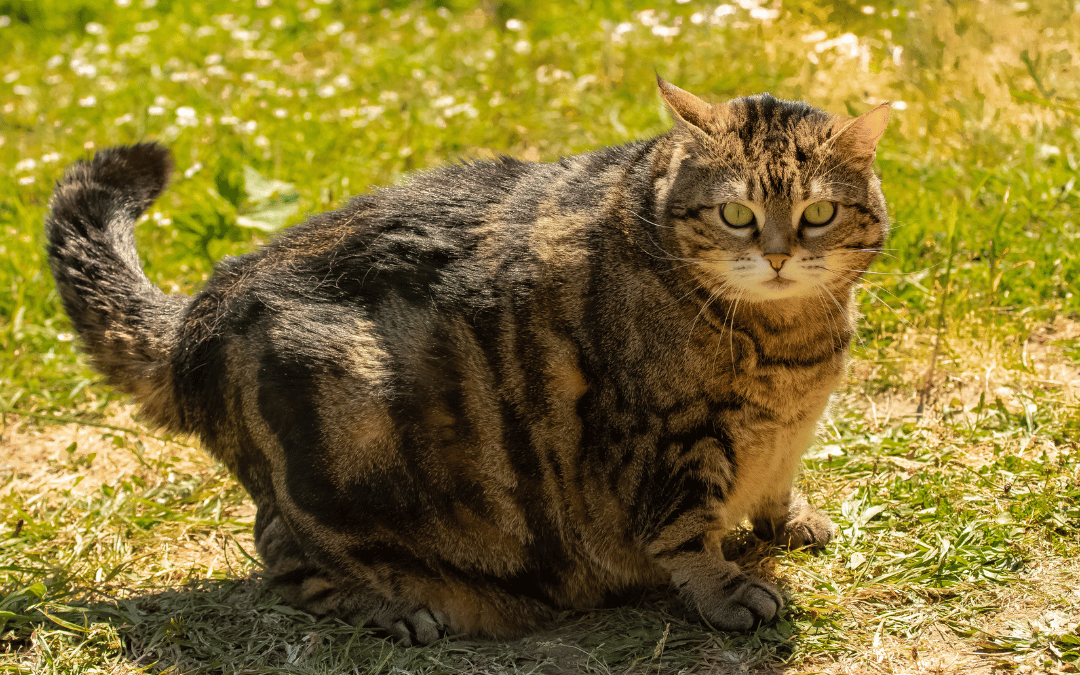


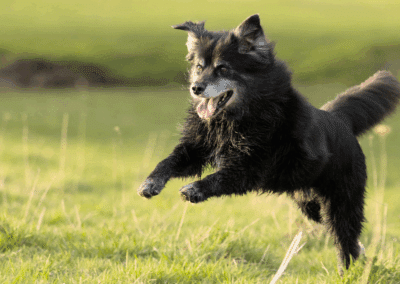
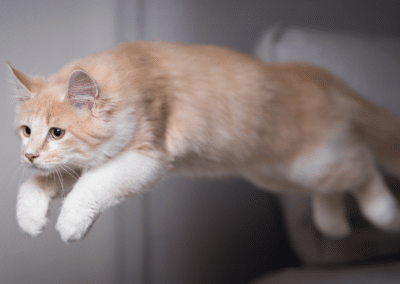
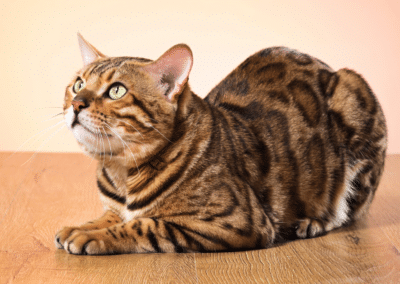

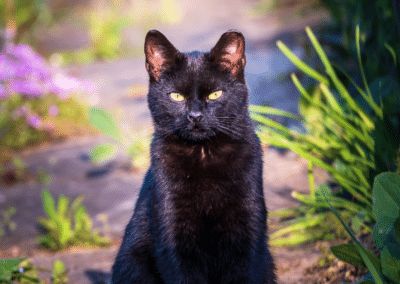
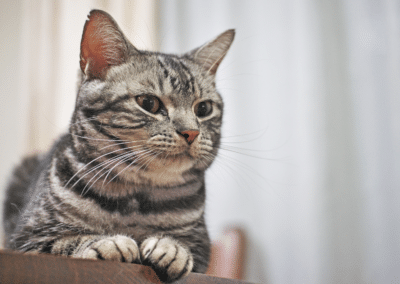

0 Comments